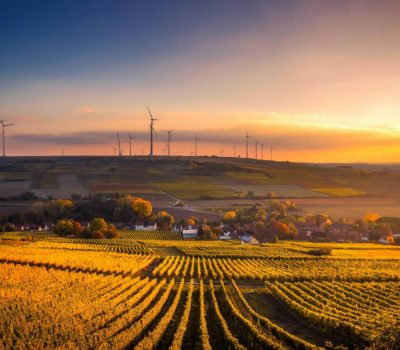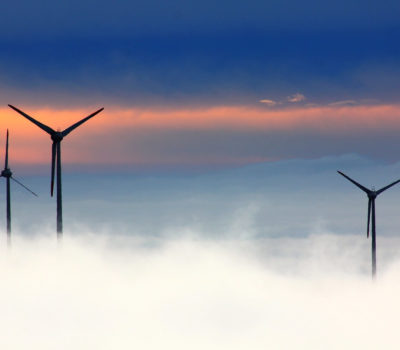Using Offshore Wind to Power Oil and Gas Operations
As pressure increases on high carbon industries to work towards cleaner processes, using offshore wind to power oil and gas operations is becoming a more popular and viable option.
Connecting offshore wind assets directly to oil and gas platforms provides many economic and environmental benefits.
Why is using offshore wind to power oil and gas operations effective?
Running offshore oil and gas facilities is a high cost and high carbon task. Since gas is readily available, the electricity required for offshore oil and gas rigs is usually provided by gas turbines. Generally located on the platforms, these gas turbines, are expensive to run and produce substantial volumes of CO2 and NOx. Offshore wind turbines provide a much more economic and environmentally friendly option to power oil and gas operations.
Reducing emissions is high on the agenda of governments, investors and other stakeholder groups. Producing hydrocarbons more responsibly is a step in the right direction to allow oil and gas activities to continue during the transition to cleaner sources.
This additional investment in floating wind for oil and gas projects brings accelerated development for the offshore wind industry. Benefits come in the form of reskilling the workforce, support for new supply chains and more. As oil and gas companies have significant expertise in offshore environments, they are ideally positioned to champion best practice and innovation across the offshore industry.
The notion of using renewable energy to power fossil fuel facilities isn’t a new trend. In fact, solar power has been used at oil fields since at least the 1990’s. Solar does require fairly large areas to be effective. This means it is a less attractive option than turbines for offshore rigs, since wind energy can be generated easily out at sea.
China’s First Deepwater Floating Wind Platform
China’s first deepwater floating offshore wind platform was installed by MingYang Smart Energy. It is located 136km from the island province of Hainan in water depths of 120 metres. This 7.25MW typhoon resistant wind turbine will power an oil and gas field in the South China sea.
Once operational, the power generation capacity will reduce carbon dioxide emissions by 22,000 metric tons per year.
One of the UK’s First Wind Powered Oil and Gas Production Facilities
Once the project is complete, Ping Petroleum’s Avalon facility, situated in the North Sea will be powered primarily by floating offshore wind. Following an agreement between the oil and gas operator and a renewable energy developer, production is due to commence in 2025. The initiative will remove up to 20,000 metric tonnes of CO2 emissions every year from the offshore facility, which is the equivalent of taking over 4,000 cars off the road!
Floating Wind Microgrids to Power Oil and Gas Rigs
In Norway, being carbon heavy is particularly expensive due to additional taxes applied to high emitting companies. For this reason, Odfjell Oceanwind have developed WindGrid technology for microgrids. These mobile offshore wind units are available to rent in the Norway area of the North Sea to power oil and gas rigs, subsequently lowering their carbon emissions. Leasing such assets are an attractive option for oil and gas operators who have limited renewable energy expertise to meet emission targets. In addition to avoiding large carbon taxes.
World’s Biggest Floating Offshore Wind Farm
The 88MW Hywind Tampen is Norway’s first and the world’s largest floating offshore wind farm.
Located 140km off the coast and consisting of 11 turbines, the project provides power to neighbouring oil and gas platforms in the Norwegian Sea. At full capacity the wind farm will meet approximately 35% of the Gullfaks and Snorre fields electricity demand, which would reduce CO2 by around 200,000 tonnes every year.
At Visuna, we’re committed to supporting organisations with workforce solutions, no matter where they are in their energy journey. Find out more about oil and gas recruitment or offshore wind recruitment.






